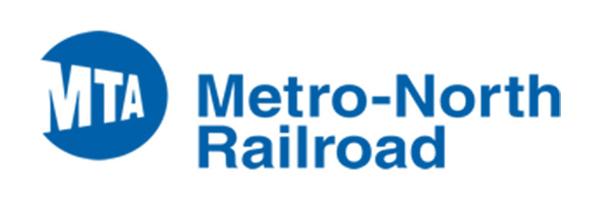NEW YORK – A critical safety initiative for commuter rail service is falling into place on more Metro-North tracks.
During the monthly Metro-North Committee meeting Monday, Railroad President Catherine Rinaldi said that full Positive Train Control (PTC) operation began on the Upper Hudson Line, between Croton-Harmon and Poughkeepsie, on Saturday.
“We also submitted our comprehensive PTC safety plan to the FRA [Federal Railroad Administration] at the end of August for their review and approval. This detailed plan covers the functionality of the PTC system, evaluates safety risks and how those risks are addressed through PTC oral operating rules.”
Rinaldi said work will continue this coming weekend on the Port Jervis line, between Howells and Otisville, doing signal work essential to support the PTC system.
The Port Jervis line needs attention in another area – performance.
Rinaldi reported that on-time performance during August was 94.6 percent for the Hudson line, 95.6 percent for the Harlem line. West of Hudson, the Pascack Valley line performance was 94.8 percent.
“And unfortunately, the Port Jervis line continues to struggle at 83 percent, primarily due to ongoing infrastructure work, signal and switch failures and equipment failures,” Rinaldi said. “I’m challenging my team to take a proactive approach to improving service delivery on the Port Jervis line because it has really struggled all year.”
There were other complaints during the meeting, including from Putnam County’s representative, Neal Zuckerman, who contends Long Island Rail Road is getting a bigger share of the new Capital Plan pie than Metro-North.
“As you know, in the last capital plan, it was 142 percent more for the Long Island Railroad than for Metro North, $7.4 billion versus 3.2,” Zuckerman said. “Here, we have a 21 percent imbalance, which is not nearly as bad but still an imbalance and a disparity with virtually the same ridership, is difficult to swallow.”
The proposed new capital plan totals $54.5 million.








